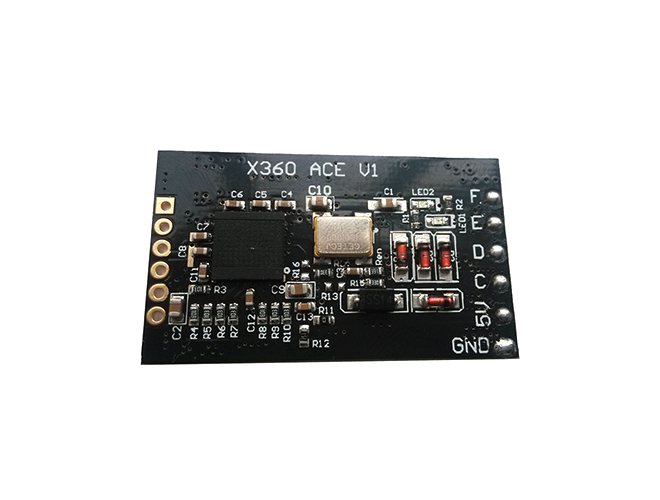-
CN
-
Service Hotline
+8618129931046 Mr. Liao


Time:2025-07-04 Views:1

With the increasing power density of multilayer circuit boards, especially in high - performance computing, data centers, and aerospace applications, liquid - cooling design has become an essential solution for effective thermal management.
The basic principle of liquid - cooling for multilayer circuit boards involves circulating a coolant, usually a dielectric fluid like deionized water or a specialized coolant, through channels integrated into the PCB or a cooling plate attached to it. These channels can be fabricated using various methods, such as milling, etching, or additive manufacturing techniques.
In a direct - contact liquid - cooling design, the coolant flows through micro - channels etched directly into the PCB substrate. This allows for efficient heat transfer from the heat - generating components, such as high - power integrated circuits, directly to the coolant. The heat is then carried away from the board to a heat exchanger, where it is dissipated into the ambient environment.
An indirect liquid - cooling approach uses a cooling plate attached to the PCB. The plate has internal channels for the coolant flow, and a thermal interface material (TIM), such as thermal grease or a phase - change material, is used to enhance heat transfer between the components and the cooling plate. This method is often preferred when the PCB design does not allow for direct integration of micro - channels or when component replacement is more frequent.
Design considerations for liquid - cooling systems include the flow rate and pressure drop of the coolant. A higher flow rate can increase the heat - transfer efficiency but also requires more powerful pumps and may increase the risk of leakage. Proper sealing of the coolant channels is crucial to prevent fluid leakage, which could damage the PCB and its components. Additionally, the compatibility of the coolant with the PCB materials must be ensured to avoid corrosion or chemical reactions over time.